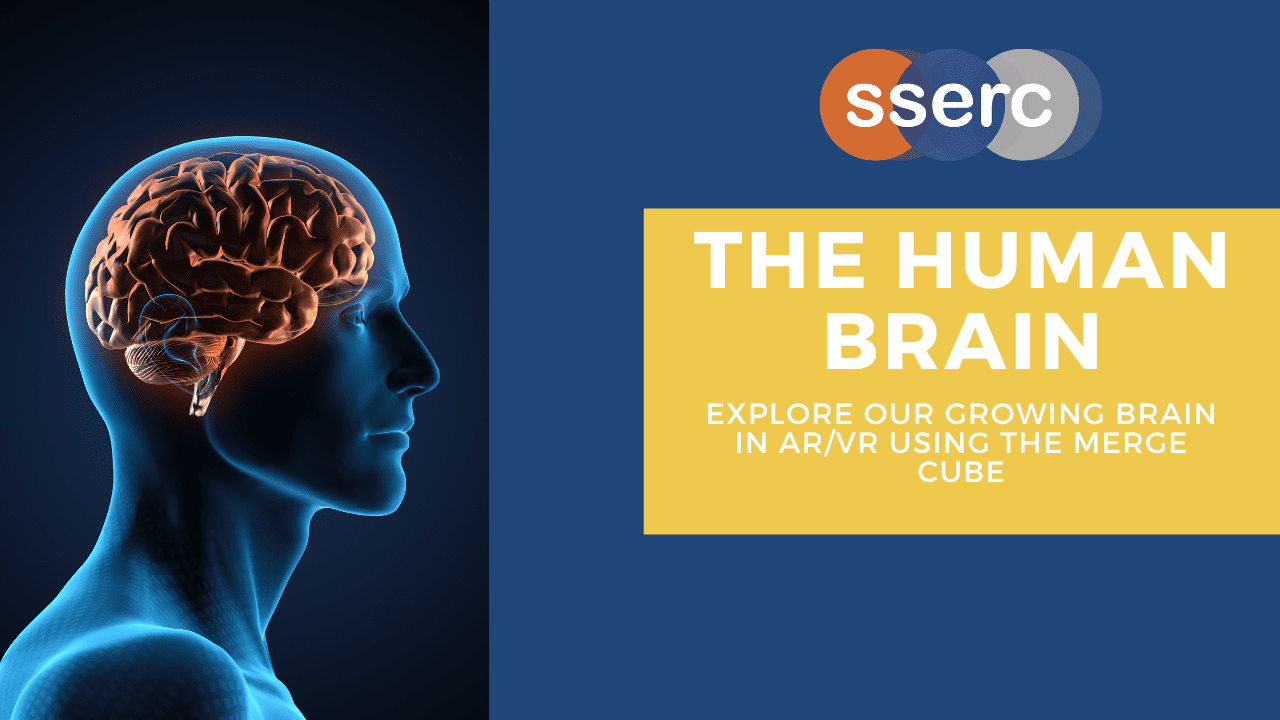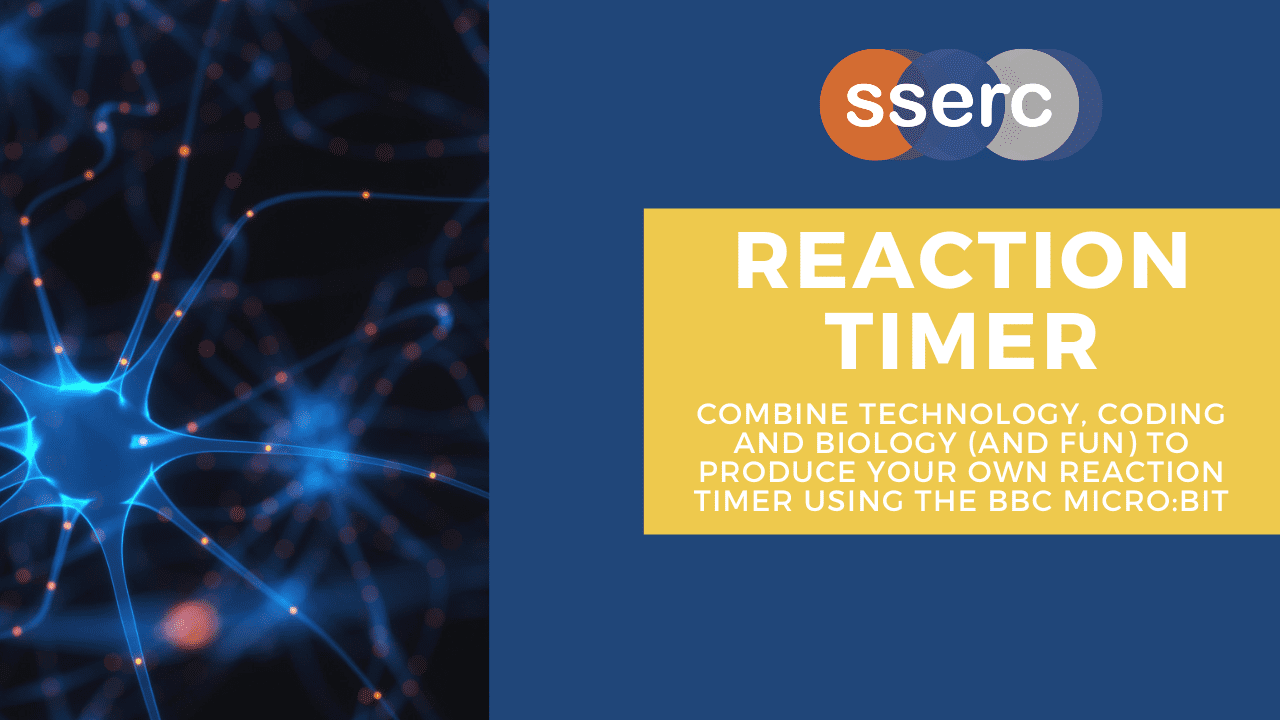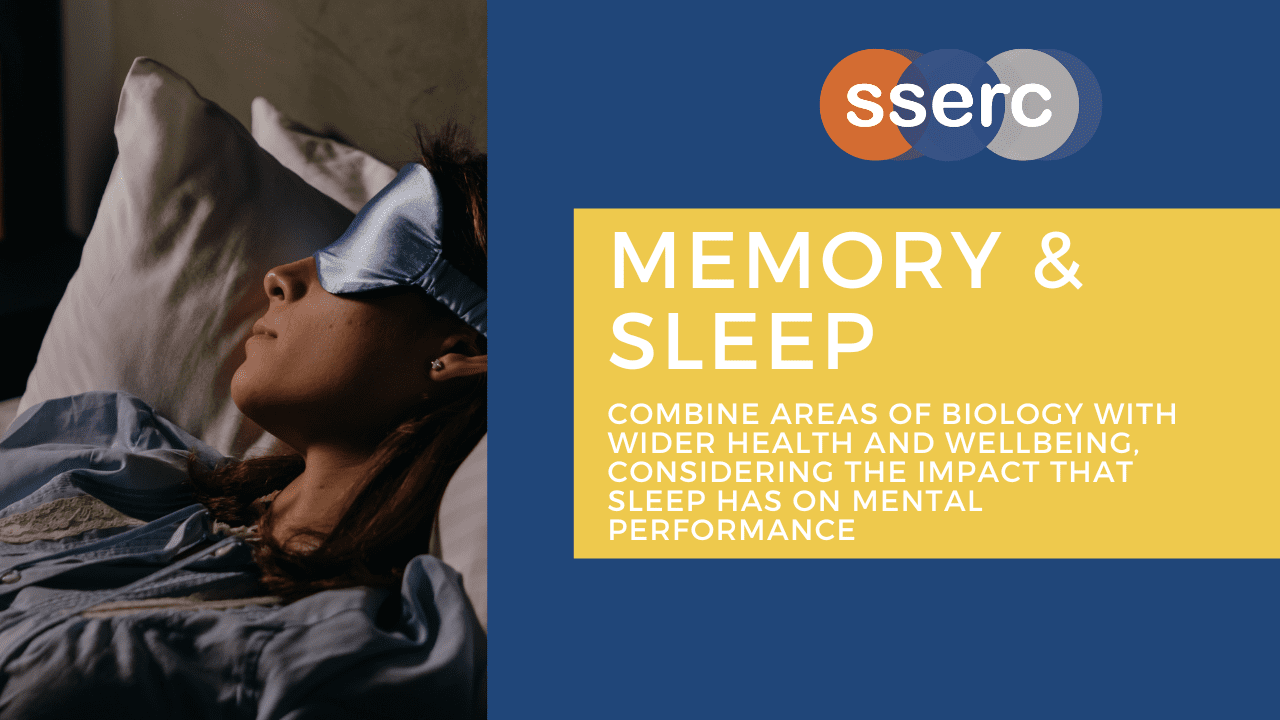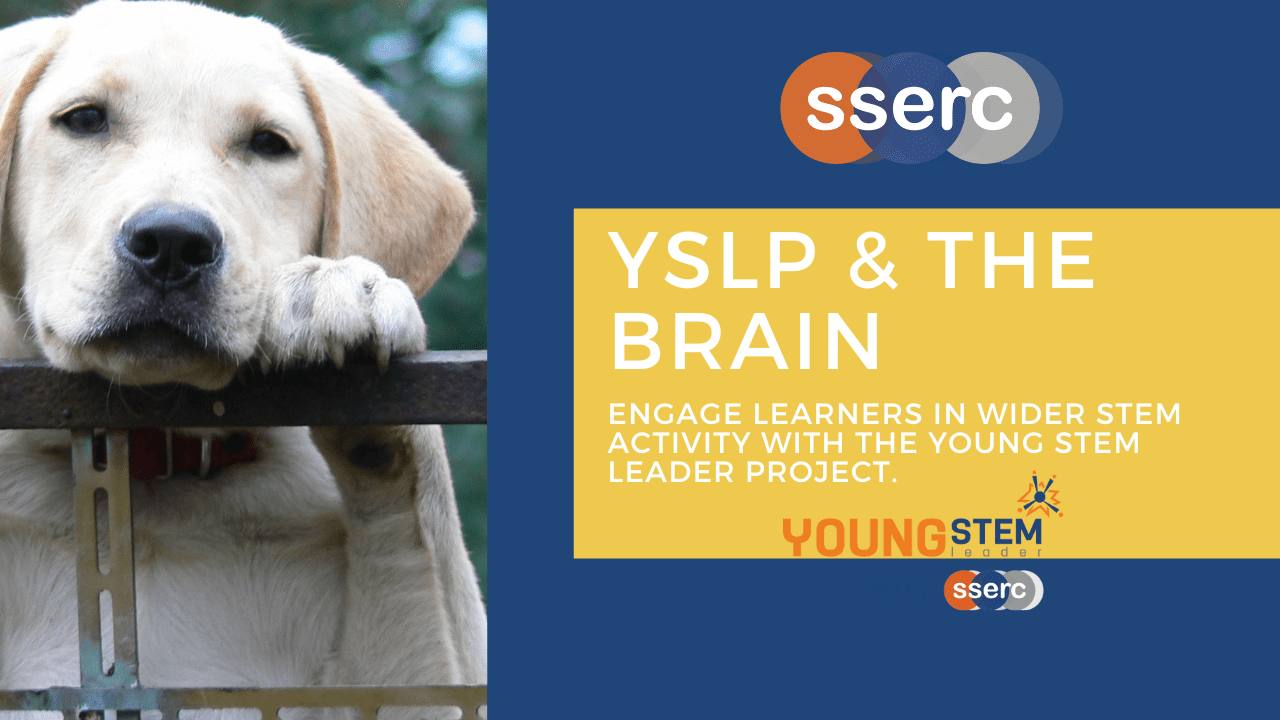
Welcome to our Interdisciplinary project page for Biology. Navigate through the different project ideas to incorporate more IDL into your faculty.

Wildlife Genetics
Combine biology, computing and sustainability in this Wildlife Genetics project. Uncover the identity of a mystery biological sample collected from a Taiwan National Park using DNA sequence alignment and phylogenetics. Round up the project by engaging with the IUCN Red List of Threatened Species and learning about a wider citizen science project to support international sustainability efforts.
- Learner Project: a PDF document with step-by-step instructions for learners.
- YouTube Teacher Tutorial: a walk-through the learner project
- Jalview website: learners can work using downloaded software or using the web browser version.
- Multiple sequence alignment: this link is also available within the Learner Project but can be downloaded separately here.
IDL in the workplace
Meet Dr Holly Campbell MInstP, an experimental materials scientist employed within the Materials Research Facility at the UK Atomic Energy Authority in Abingdon. To fulfil her role, Holly needs to call on a wide spectrum of skills and knowledge. In this short video, Holly discusses her role at the UK AEA and suggests various ways of harnessing IDL opportunities in the classroom.
- YouTube video of Holly’s session during a recent SSERC Meet
Monitoring Air Quality: Trees versus Traffic
As our population continues to grow and our activities contribute ever more to the enhanced greenhouse effect, how can we monitor our air quality and observe the impact of our actions? In the project, the BBC Micro:bit will be coded, alongside an accessory air monitoring kit, to measure the concentration of volatile organic compounds in the atmosphere. The impact of road traffic on VOC concentration will be assessed and the role of plants in preserving our atmospheric air quality will be examined.
- Learner Project guide
- Video tutorial for coding and using the Micro:bit as an outdoor air quality monitor
- Video tutorial for using the Micro:bit as a data logger of indoor air quality
Growing Food
With the human population estimated to reach 9.7 billion by 2050, a challenge for our society is how to ensure the planet can support a sustainable food supply for all. In this interdisciplinary project, three different activities are introduced to investigate plant growth. We will look at utilising technology to ensure adequate water supply, sustainable plant pots and the impact of wavelengths of light on plant growth.
- Learner Project guide
- Video tutorial for coding a micro:bit as a soil moisture meter
The Human Brain in AR/VR
Explore our growing brain in AR/VR using the Merge Cube. The Merge Cube can be purchased online or can be printed off and folded to create a 3D cube of any size. A step-by-step instruction guide to get started with the Merge Cube can be downloaded from the resource list below.
Fast Reaction Speeds
Learn more about your brain and reflex arcs by coding your own reaction timer. Gone are the days when you are the consumer of technology – now you can create your own and have a lot of fun with your end product!
A Debate of Free Will
A crime is a crime, right? The end result and the crime are the same. But does the crime reflect free will or is the person a victim of their own biology? Was their brain to blame? In this debate, learners will look at a case study involving a murder where the perpetrator was found to have a brain tumour. This debate opens up opportunity to combine outcomes from different subjects across the school, engaging learners in developing their own informed opinions.
Memory & Sleep
In this activity, learners will investigate the effect of sleep on their memory during school the following day. This ties into the Higher Human Biology curriculum very well but can be used at various stages of the secondary curriculum by shifting the focus towards the importance of sleep for health and wellbeing. Lack of sleep continues to impact many learners at this stage of their education and this activity will help them explore one of the side effects.
A Young STEM Leader Project
This short resource provides a suggestion on a possible brain-related activity that could be done as part of the Young STEM leader programme.








